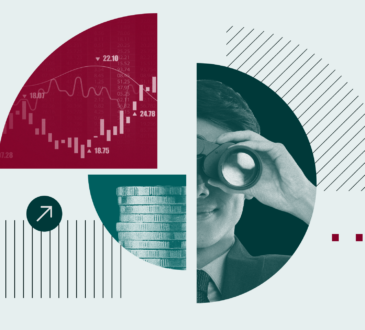Dow, S&P 500, Nasdaq Slip; Tesla, Nvidia, AMD, Super Micro, More Movers; Trump Tariffs Uncertainty

The stock market fell again on Thursday as Wall Street continued to sell riskier technology and consumer discretionary stocks in the wake of some weaker labor market data.
The Dow Jones Industrial Average fell 397 points, or 0.8%. The S&P 500 was down 1.1%. The Nasdaq Composite dropped 1.9%.
Instead of tech stocks, traders were buying bonds. The yield on the 2-year Treasury note dropped to 3.56%, while the 10-year yield was down to 4.09%. The 30-year dropped to 4.69%.
With the government still shut down, Wall Street is turning to private data providers for updates on the economy. The latest was Revlio Labs, a workforce intelligence firm, which estimated the U.S. lost 9,100 nonfarm jobs in October.
Mizuho’s Daniel O’Regan tells Barron’s that the latest Challenger, Gray & Christmas data on layoffs, which rose a 183% monthly rate to 153,074 job cuts in October, was also being used by stock market bears to argue the labor market is cooling.
“At the same time, technology stocks like AMD, Oracle, and software names are under pressure, and popular retail and speculative ‘meme’ stocks, including crypto miners and AI power companies, are also struggling,” O’Regan says.
Still, he did note volume earlier in the morning was low, so determining whether the market’s moves today were driven by active managers or just selling by retail and quantitative traders is difficult to confirm.
Daniel Skelly, head of Morgan Stanley’s wealth management market research and strategy team, writes that fewer than 45% of S&P 500 stocks are trading above their 50-day moving averages. He says the recent pullback in AI stocks has highlighted “the narrow nature of the market rally.”
“But aside from the reality that pullbacks are inevitable even during the strongest trends, concerns of an ‘AI implosion’ remain overblown,” Skelly writes. “That’s not to say a larger downturn can’t happen, or that certain stocks haven’t gotten overbid. But the longer-term AI story is intact, and it revolves around a well-financed core of large AI spenders backed by strong earnings and 30 years of proven leadership over multiple tech cycles, including the Internet, the mobile phone era, e-commerce, cloud computing, and now AI.”

